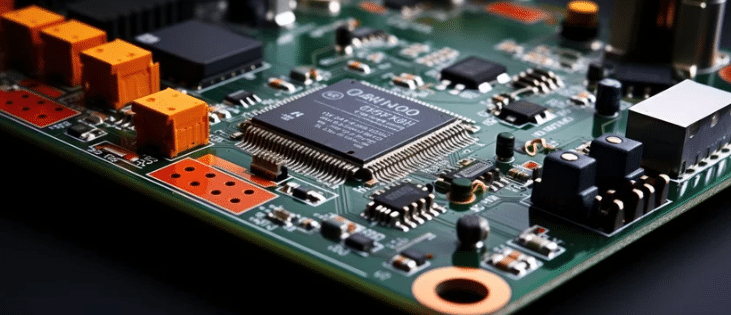Cybersecurity is no longer a future concern—it’s a present-day imperative.
As the number of connected devices grows, so does the complexity and severity of the threats they face. What was once a best-effort exercise is rapidly becoming a strict regulatory obligation, especially in Europe and increasingly in the U.S.
So why are many U.S. device makers still behind?
The answer often lies in underestimating both the threat landscape and the regulatory wave that’s gaining momentum across global markets. And that’s a risk that could soon cost more than just data or dollars—it could put human lives in danger.
Security Isn’t Simple—But It’s Essential
Building secure devices is not just about adding a firewall or encrypting communications. It’s about understanding how attackers think, and how even the smallest overlooked detail can open the door to a cascade of vulnerabilities.
Take, for example, a connected lock. On the surface, it might seem secure—TLS encryption, token-based access, secure update functionality. But if the firmware isn’t properly validated or if device identity checks rely only on some predictable value such as a serial number, attackers can find a way in. Compromise the update server through DNS cache poisoning and leverage weak certificate validation, and suddenly, a supposedly secure device becomes a liability.
And that’s just one device. In today’s interconnected world, every weak link matters.
The Regulatory Clock Is Ticking
In Europe, regulation is moving fast. The Cyber Resilience Act (CRA) will mandate baseline security measures for all connected products by December 2027. The Radio Equipment Directive (RED) will impose its own security requirements on wireless devices even sooner—by August 2025.
These are not voluntary frameworks for the CRA. They bring GDPR-level penalties, require security-by-design, enforce vulnerability management, and mandate security incident reporting.
In the U.S., regulation is catching up. While the NIST Cybersecurity Framework 2.0 and Cyber Trust Mark are currently voluntary, the direction is clear. Combined with Executive Order 14028, federal agencies are being tasked with creating the infrastructure and enforcement mechanisms that will shape future requirements for all device makers.
A key commonality across all of these efforts? Cybersecurity risk assessment.
Risk Assessment: The Starting Point for Compliance (and Peace of Mind)
A strong cybersecurity approach starts with a clear understanding of what needs to be protected, what can go wrong, and how to mitigate it.
That’s what a cybersecurity risk assessment delivers. It identifies valuable assets (like services or data), possible threats (like unauthorized access or code execution), and realistic attack paths. Then it prioritizes those risks based on attacker capabilities and the impact of potential breaches.
Critically, this process also highlights where to focus your security efforts. Which controls need to be implemented? Where do you need secure boot, firmware signing, or mutual authentication? Which vulnerabilities pose a real risk to your product? It’s a structured, scalable method that helps device makers navigate the growing complexity of security compliance.
Secure Products Require Secure Processes
Cybersecurity can’t be an afterthought. It has to be baked into every stage of the product lifecycle—from design and development to deployment and maintenance. That includes:
• Secure-by-default configurations (no default passwords or shared cryptographic keys)
• Secure development (code reviews, static analysis, OS hardening, security testing)
• Security updates and over-the-air (OTA) patching processes
• Mutual authentication between devices and cloud services
• Confidential data encryption and secure key storage
• Logging, resilience, and recovery mechanisms
You also need a robust vulnerability monitoring process. Knowing what’s in your software stack (via a Software Bill of Materials) and being able to assess the impact of a published CVE is now a baseline requirement—not a nice-to-have.
The Time to Act Is Now
Whether you’re selling into Europe, the U.S. federal sector, or the consumer IoT market, regulations are converging toward one thing: devices that are demonstrably secure.
And that proof starts with understanding your risks, applying the right mitigations, and having a plan to maintain security throughout the device’s life.
If you’re not thinking about this yet—you’re already behind.
How we can help
Want help creating a more secure, regulation-ready product? Witekio offers expert cybersecurity workshops, software tools, and secure software services to guide you through every step of the journey—from risk assessment to deployment and beyond.



